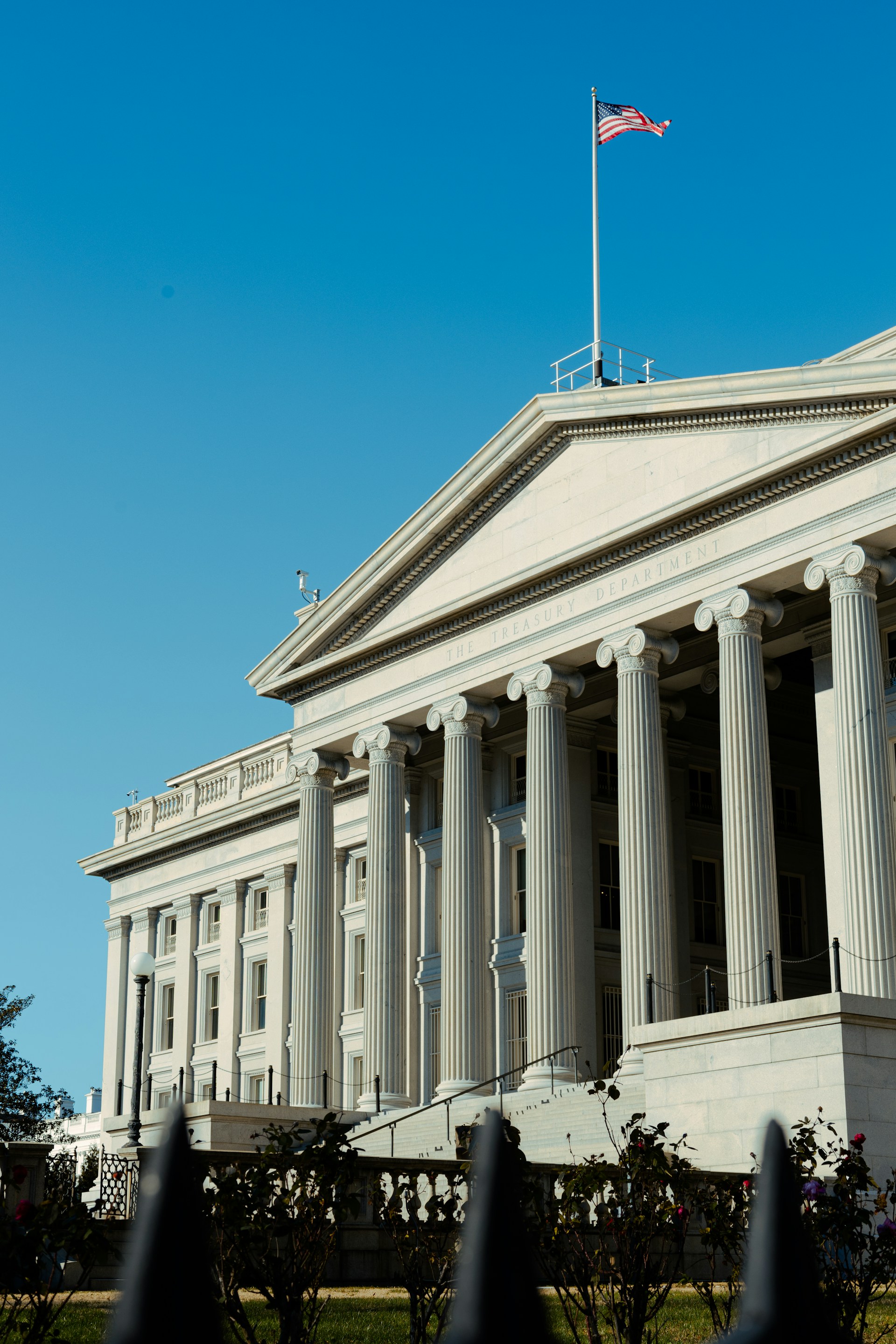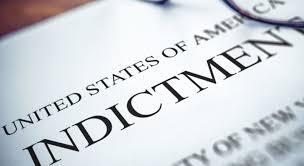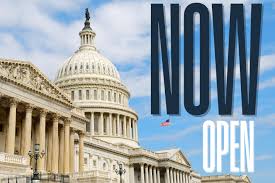Clients executed personal and corporate guarantees for an SBA 7(a) loan from a Preferred Lender Provider (PLP). The borrower corporation defaulted on the loan exposing all collateral pledged by the Clients. The SBA subsequently acquired the loan balance from the PLP, including the right to collect against all guarantors. The SBA sent the Official Pre-Referral Notice to the guarantors giving them sixty (60) days to either pay the outstanding balance in full, negotiate a Repayment (Offer in Compromise (OIC) or Structured Workout (SW)), challenge their alleged guarantor liability or file a Request for Hearing (Appeals Petition) with the SBA Office of Hearings & Appeals.
Because the Clients were not financially eligible for an OIC, they opted for Structured Workout negotiations directly with the SBA before the debt was transferred to the Bureau of Fiscal Service, a division of the U.S. Department of Treasury for enforced collection.
The Firm was hired to negotiate a global Workout Agreement directly with the SBA to resolve the personal and corporate guarantees. After submitting the Structured Workout proposal, the assigned SBA Loan Specialist approved the requested terms in under ten (10) days without any lengthy back and forth negotiations.
The favorable terms of the Workout included an extended maturity at an affordable principal amount, along with a significantly reduced interest rate saving the Clients approximately $181,000 in administrative fees, penalties and interest (contract interest rate and Current Value of Funds Rate (CVFR)) as authorized by 31 U.S.C. § 3717(e) had the SBA loan been transferred to BFS.










.jpg)










.jpeg)































.jpg)